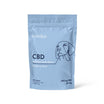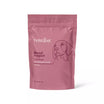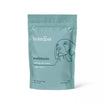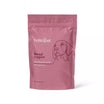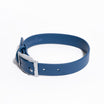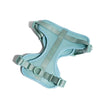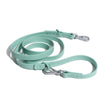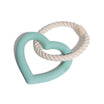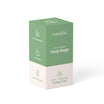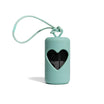Dog Breeds

DOG BREEDS
Below is a well polished guide on the most popular dog breeds listed in alphabetical order. Find your favorite breed by clicking on the first letter of the breed that your breed starts with or scroll down and find your breed by picture.
A Border Collie monitors the kids as they play outside, herding them back when they stray. A Pug nestles into its owner’s lap as they catch a movie on cable. A Scottish Terrier chases the mice out of the garage. A Doberman Pinscher keeps a watchful eye as you take the trash out at night. There are about 400 recognized dog breeds in the world, and each possesses a unique personality. Though, one thing never changes: all dogs are man’s best friend.
From loyal companions to fierce protectors, the various dog breeds we’ve come to know and love have a significant impact on our lives.
Frequently Asked Questions:





F










V

W
1851 Big Town Blvd. Suite 500 Mesquite, TX 75149










